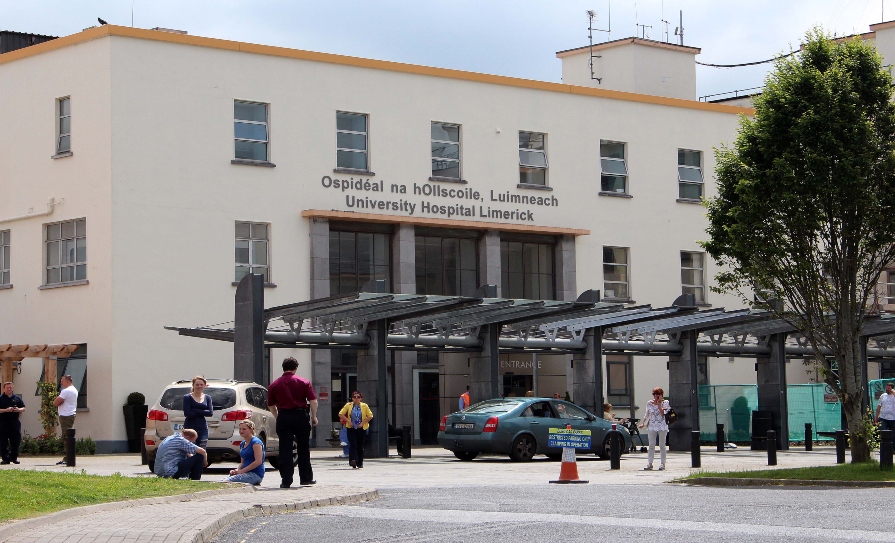It is imperative that Ms Aoife Johnston’s “almost certainly avoidable death” in the emergency department (ED) of UHL “is seen as a line in the sand”, according to the Irish Association of Emergency Medicine (IAEM).
The IAEM was responding to evidence heard at the inquest of the death of Ms Johnston (16), which occurred in the UHL’s ED in December 2022.
The Association said that “sadly no one working in Ireland’s EDs was surprised at the evidence heard at the inquest”.
“The only surprise has been how few of the many avoidable deaths have come before the Coroners’ Courts, given the clear evidence of increased mortality and morbidity associated with both ED crowding and prolonged waits for admission to a hospital bed for the approximately 25 per cent of ED patients deemed to require hospital admission after assessment and emergency treatment in the ED.”
The IAEM pointed out the primary cause of ED crowding is the Irish health service’s “grossly inadequate” acute bed capacity which means that patients who need admission to hospital do not get admitted to a bed in a timely fashion, if at all.
“No longer can those who bear management and political responsibility for the provision of safe environment that, at its most basic, requires sufficient acute bed capacity and appropriate staffing, hide behind the defence of ignorance of the catastrophes that unfold due to overcrowding,” according to the IAEM’s statement.
“It is vital that all play their part in supporting the work of the ED rather than seeing the situation that was laid bare so publicly at the inquest as a matter for the ED and the ED staff alone.”
Separately, the “ongoing mismatch” between the number of people attending the UHL’s ED and the hospital’s capacity “resulted in an overcrowded ED”, a new HIQA inspection report has found.
The Authority’s report noted that patients admitted to the hospital continued to be accommodated in the ED.
“At 10am on the day of inspection, 32 of the 82 patients in the ED were admitted and awaiting an inpatient bed. This overcrowding, albeit reduced since the previous inspection, impacted on meaningful promotion of dignity and privacy for patients.”
HIQA welcomed the hospital’s planned addition of extra inpatient bed capacity but noted “that the intended gains may be limited if a significant proportion of this new stock is used as replacement stock”.
“This should be further considered in the context of the risks posed by overcrowding in the ED.”
HIQA’s unannounced inspection of the UHL ED last November found it to be substantially compliant in one standard and partially or non-compliant in three of the four national standards assessed on inspection.
According to HIQA, since the last inspection, the hospital had made improvements in resourcing, supports and alternate pathways.
“It had established an urgent and emergency care directorate to coordinate the strategic and operational function of the emergency and urgent care services across the six hospital sites of the UL Hospitals Group.”
HIQA also noted that the staffing complement for all disciplines in the ED had increased since the previous inspection.
“Data provided by the hospital demonstrated increased activity in many services to support patient flow and better compliance with HSE performance metrics related to unscheduled care. Despite improvement, the patient experience times for patients in the ED continued to fall significantly short of national targets.”
Separately, at the end of last month, it was announced a support team has been established to help address the current pressures on health services in the Mid-West region.
According to a statement from the Department of Health, the team will begin work immediately and over the next four weeks to help devise a number of actions designed in particular to ease crowding and pressures in the ED at UHL.
HIQA released inspection reports carried out in six public hospitals between September and November 2023. The hospitals are: University Hospital Limerick; Letterkenny University Hospital; Rotunda Hospital; Belmullet Community Hospital; Nenagh Hospital; and the Coombe Women and Infants University Hospital.
Read all six inspection reports and compliance plans at www.hiqa.ie.













Leave a Reply
You must be logged in to post a comment.